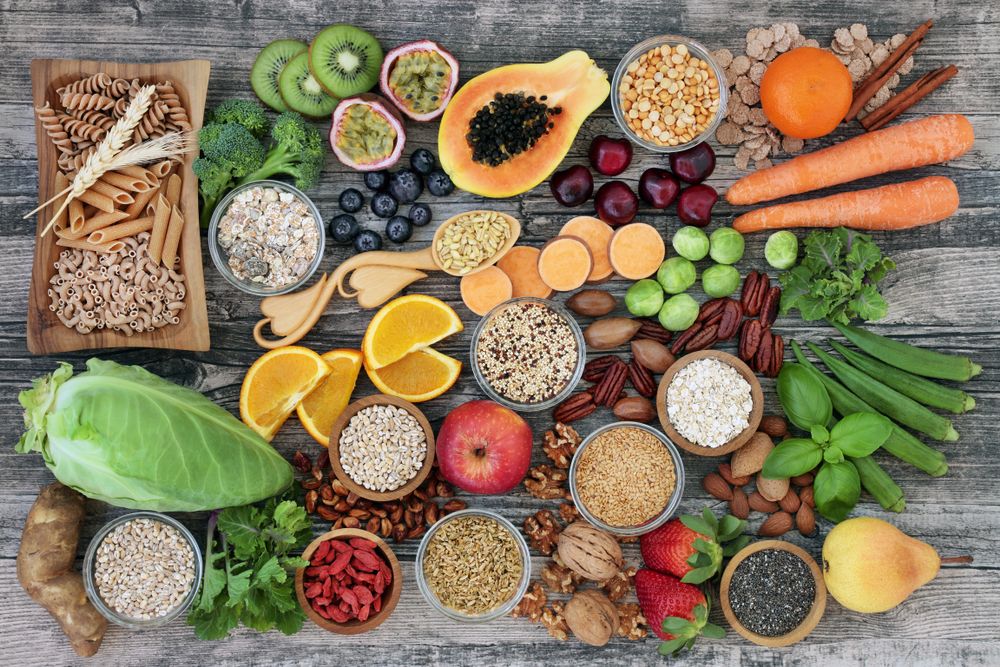Embrace volume eating, a popular weight-loss strategy praised by many. This approach involves consuming more food to facilitate weight loss, presenting an appealing concept, wouldn't you agree? We've consulted with experts, including Lori Barrett, RDN, from Top Nutrition Coaching, and Lisa Young, Ph.D., RDN, author of "Finally Full, Finally Slim" and a nutritionist in private practice, to provide you with essential insights into this trend. Barrett and Young share their top-volume eating tips to accelerate your weight-loss journey, so pay attention and indulge!
According to Young, "Volume eating is advantageous for weight loss because it allows for the consumption of larger portions with fewer calories. High-volume foods, rich in fiber and water content, promote satiety and a sense of fullness. This approach also enables optimal nutrient intake while managing calorie intake effectively."
Continue reading to discover expert-recommended volume eating tips for effective weight loss.
1) Consume foods that have a high water content.

When you consume foods rich in water content, you provide your body with an extra source of hydration beyond just drinking water. As Barrett explains, "Water plays a crucial role in boosting energy levels, enhancing brain function, lubricating joints, regulating body temperature, aiding waste removal, and optimizing physical performance."
2) Fill half your plate with low-carb, high-water-content foods.
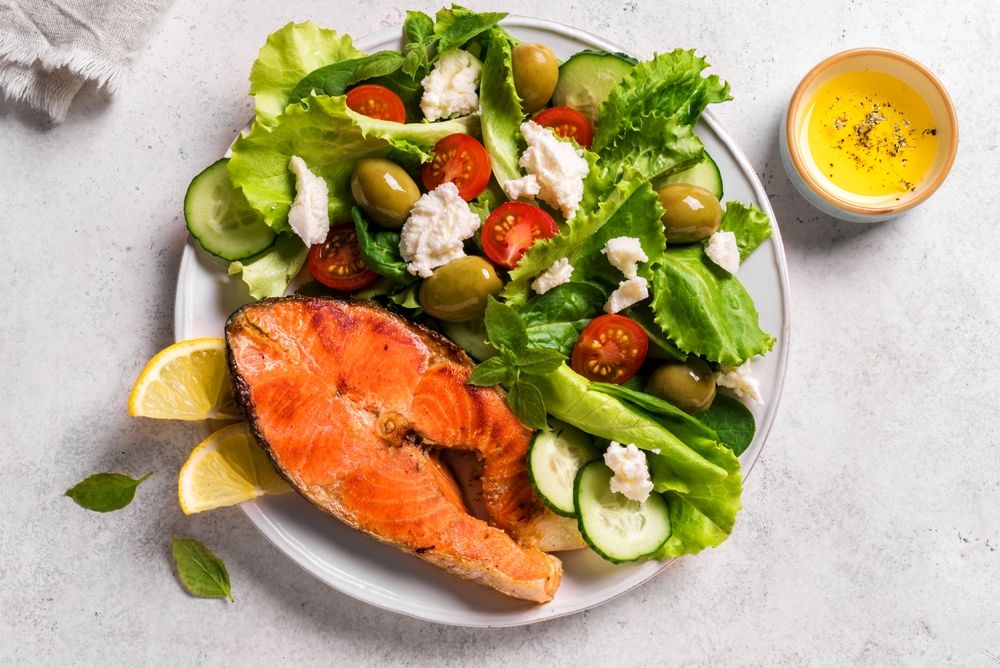
Incorporating low-carb, high-water foods into your meals can effectively satisfy your hunger. By filling only half of your plate with these options, you not only avoid excess calories but also accelerate your weight-loss progress. According to Barrett, examples of high-water content foods include lettuce, cucumbers, zucchini, celery, tomatoes, peaches, strawberries, watermelon, oranges, and skim milk.
3) Be mindful of your high-water-content food prep.

It's common to use excessive oils and sauces while cooking, which can add unnecessary calories. That's why Barrett advises being mindful of how you prepare high-water-content foods and suggests steaming them. "Steaming helps retain the water content of the vegetables, similar to their raw state while roasting may lead to more evaporation," she explains.
4) Combine high-water-content foods with low-water-content foods.
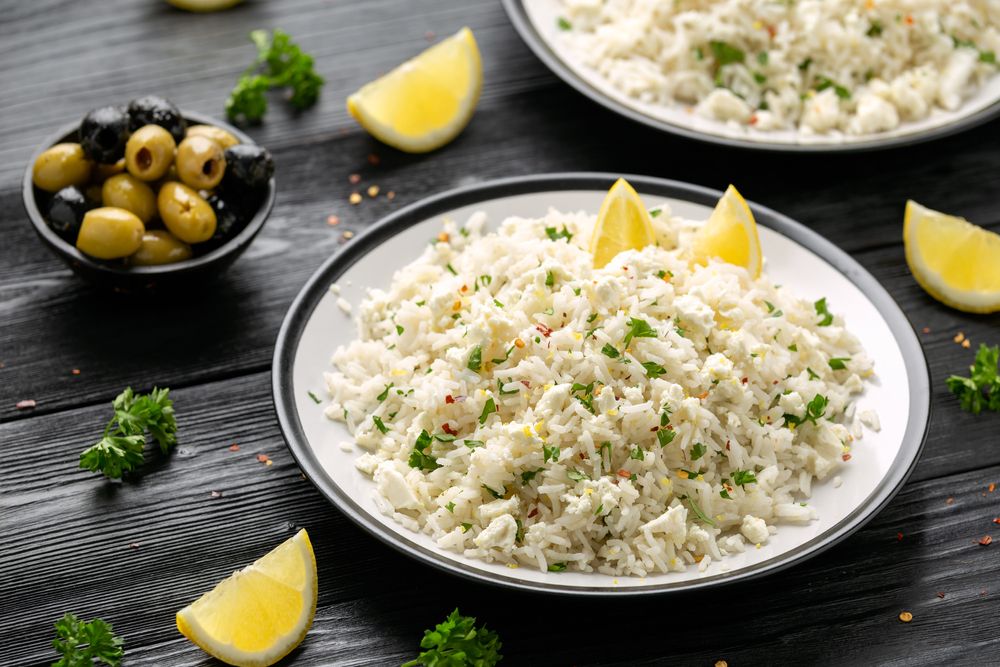
Enhance your meals by combining high-water-content foods with low-water-content options. For instance, pair tuna with celery, eggs with mushrooms and spinach, and rice with cauliflower rice. This strategic pairing not only adds variety to your meals but also helps you stay hydrated and satisfied.
5) Know the water content of the food you consume.

Familiarize yourself with the water content of your food by utilizing resources like the USDA Food Data Central website. This platform allows you to search for any specific food and discover its water content.
Barrett offers a DIY method to determine the water content of a food you're interested in: "On the nutrition label, your product will list the serving size in grams. After adding up the number of grams of carbohydrate, fat, and protein in the serving, subtract it from the total serving size (in grams). Then, divide the remaining amount by the total serving size. This should give you approximately the percentage of water content in that product."
6) Keep in mind the importance of lean or plant-based protein.

Keep in mind the importance of protein in maintaining a healthy diet. "Protein is crucial for providing the nine essential amino acids necessary for optimal bodily functions, including the production of thousands of proteins and enzyme reactions," explains Barrett.
7) Don't forget to include fats and carbohydrates.
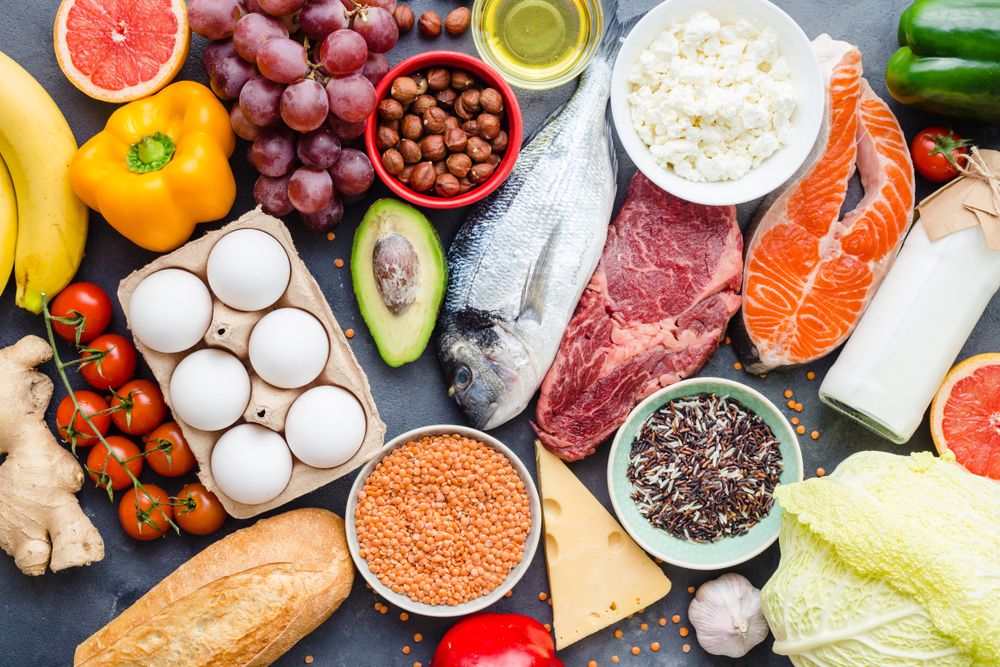
Alongside protein, carbohydrates and fats play essential roles in maintaining a balanced diet and facilitating weight loss. They contribute to energy levels, brain function, vitamin absorption, and hormone production. Barrett recommends, "Manage portion sizes for effective weight management and opt for unprocessed carbohydrates and polyunsaturated oils to complement your meals."
8) Find creative ways to work more fruits and veggies into meals.
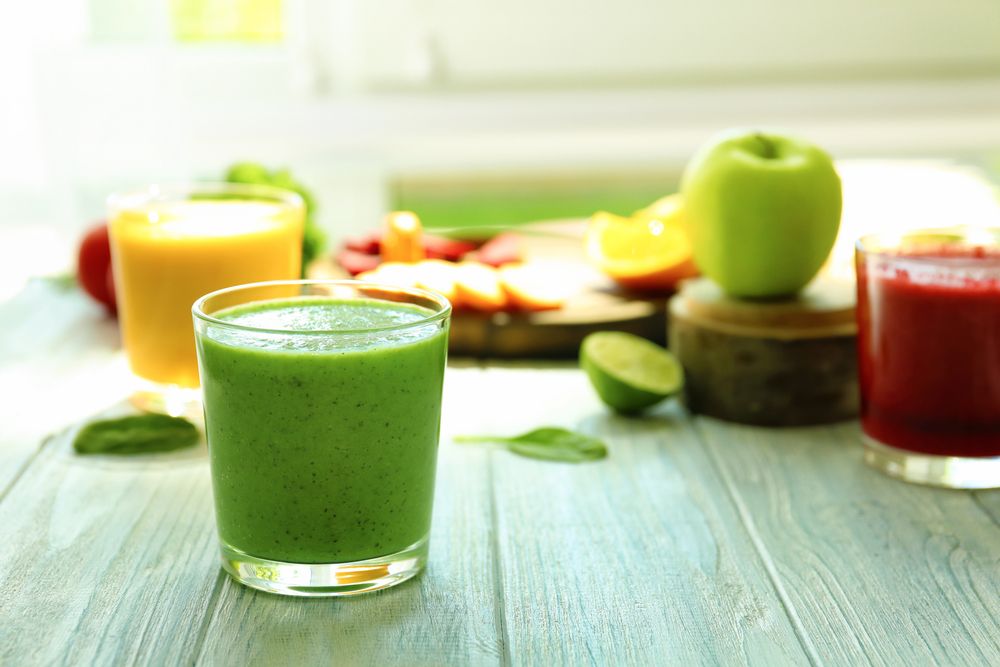
Making healthy choices can be enjoyable! Explore inventive ways to incorporate more fresh fruits and vegetables into your meals. By doing so, you're increasing your intake of fiber, which promotes prolonged feelings of fullness. "Concentrate on non-starchy vegetables such as broccoli, leafy greens, and cauliflower, as they are low in calories and packed with fiber, vitamins, and minerals," recommends Young.
9) Limit or eliminate ultra-processed foods.
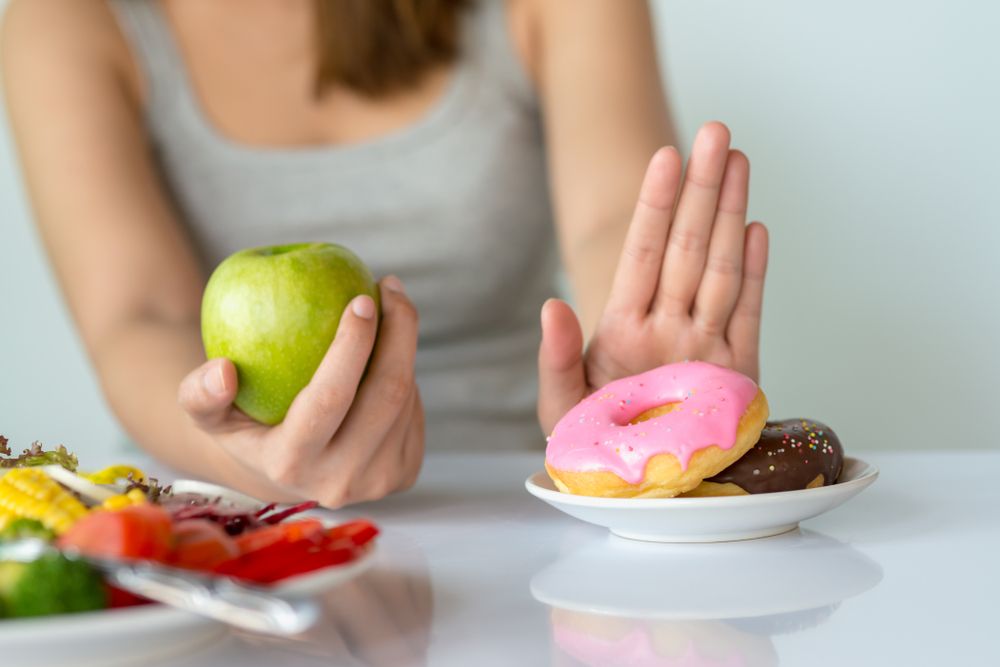
Embrace a diet rich in produce, including high-water-content foods, while reducing your consumption of ultra-processed foods to manage your daily calorie intake and promote weight loss.
When it comes to portion sizes, exercise caution with ultra-processed foods. Opt for larger servings of produce and smaller servings of ultra-processed foods to prevent calorie overconsumption.
10) Don't eat too many healthy fats.

While healthy fats like avocados, olive oil, coconut oil, fish, eggs, olives, and chia seeds are beneficial, it's essential to practice moderation. As Young emphasizes, "[Healthy fats] are calorie-dense, and consuming them excessively may contribute to weight gain."

